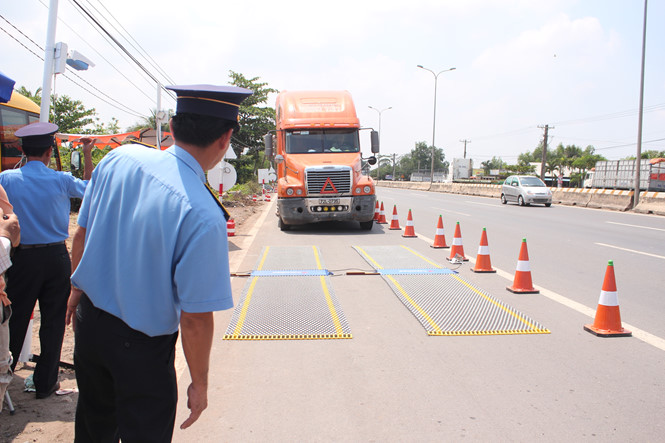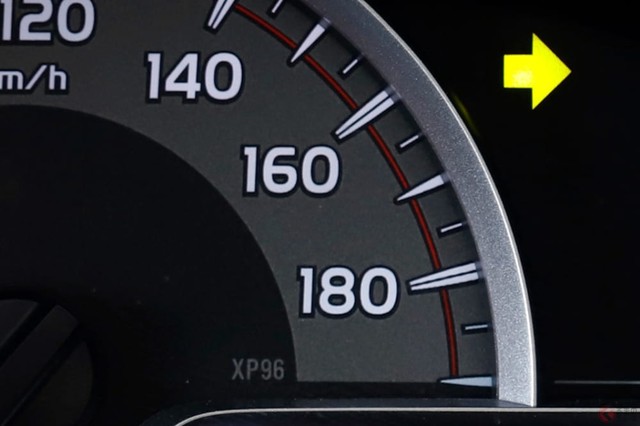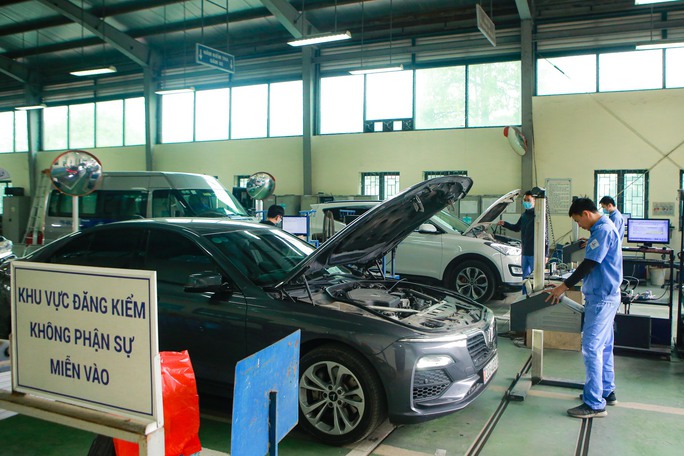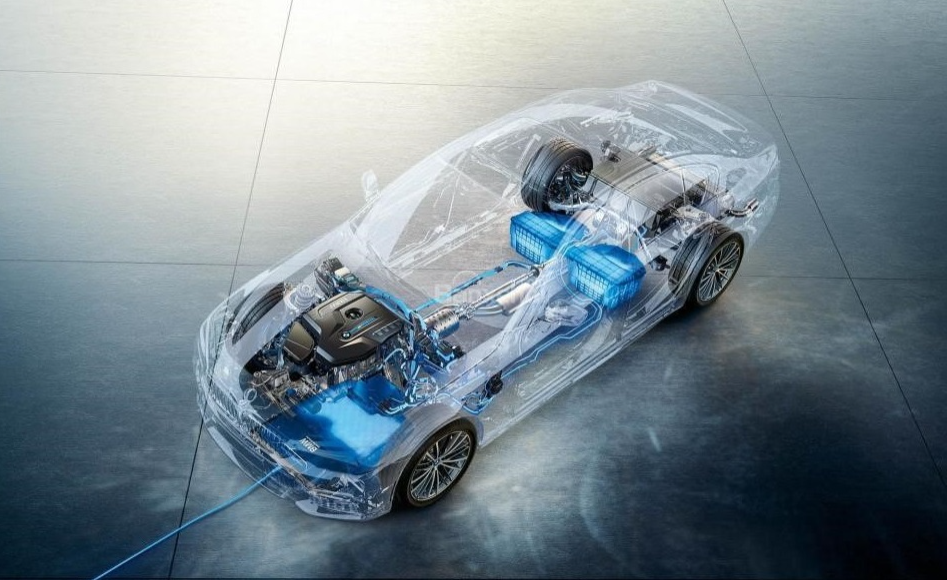Traffic inspectors' right to stop vehicles in Vietnam
What are the case where traffic inspectors have the right to stop vehicles in Vietnam? - Thanh Tuyen (Long An, Vietnam)

Traffic inspectors' right to stop vehicles in Vietnam (Internet image)
Regarding this issue, LawNet would like to answer as follows:
1. Traffic inspectors' right to stop vehicles in Vietnam
According to Article 15 of Circular 02/2014/TT-BGTVT, inspectors are allowed to stop road vehicles in the following cases:
- Forcible termination of violations as prescribed in Article 55 of the Law on Handling Administrative Violations:
Forcible termination of administrative violations is applied by competent persons on official duty to ongoing administrative violations in order to immediately terminate the violations.
Forcible termination of administrative violations shall be effected with words, whistles, commands, documents, or other forms as prescribed by law.
- When detecting a vehicle with the signs specified at Point a, Clause 2, Article 86 of the Law on Road Traffic, specifically as follows:
+ Exceeding the allowable load on bridges and roads;
+ Exceeding the allowable size limit of bridges and roads;
+ Crawler vehicles circulate directly on the road without taking measures to protect it as prescribed;
+ Illegally dumped soil, construction materials, and other scraps onto roads or into road safety corridors.
2. Commands, duties, and powers of traffic inspectors when stopping vehicles in Vietnam
The commands, duties, and powers of traffic inspectors when stopping vehicles in Vietnam according to Article 16 of Circular 02/2014/TT-BGTVT are as follows:
- Vehicle stop signal is made through the vehicle stop signal, including:
+ Traffic command stick or STOP command sign;
+ Horns, portable battery speakers, and electric speakers mounted on vehicles;
+ Barie or barrier.
- Signaling to stop the vehicle with a traffic stick or a STOP command sign when an inspector or an inspection officer stands on the road, specifically as follows:
+ Inspectors and inspection officers stand in a safe position, and the vehicle operator can observe: face the traffic vehicle showing signs of violation, right hand holding a traffic command stick (or STOP command sign) parallel to the ground, with the palm of the hand holding the traffic signal stick (or STOP sign racket handle) in an upright position;
+ When the vehicle driver receives the signal and slows down, inspectors and inspectors use sticks to command traffic.
or the STOP command sign in combination with the horn signal instructs the vehicle to park in a suitable and safe position to carry out the inspection.
- Signaling to stop the vehicle with a traffic stick or a STOP command sign when the inspector or inspection officer is sitting on the vehicle, specifically as follows:
Inspectors holding traffic command sticks or STOP command signs cross over to the side of the vehicle showing signs of violation so that the vehicle operator can see them.
In case the inspection force's vehicle goes in the same direction and there are signs of violation behind the vehicle, the inspector, inspection officer, or employee shall use loudspeakers to request the vehicle's driver to stop.
- When the vehicle stops at the position as instructed, the inspector or inspection officer requests the driver to get off the vehicle and present documents for inspection; when necessary, weigh, measure, count, and check documents to determine the axle load, total vehicle weight, cargo size, and vehicle size limit; at the same time, ask the driver to coordinate the check.
Depending on the violation, the inspectors and inspection officers asked the vehicle operator to immediately unload the overloaded part, unload the oversized part, install the clog in the crawler, or immediately move the illegally dumped land, construction materials, and other scraps; make records; sanction administrative violations; and forcefully restore the original state according to the provisions of law.
- Inspectors and inspectors shall report to their direct management on the time, location, and number of vehicles stopped at the end of the work plan.
- Key word:
- traffic inspector
- in Vietnam
- vehicle
- Cases of land rent exemption and reduction under the latest regulations in Vietnam
- Economic infrastructure and social infrastructure system in Thu Duc City, Ho Chi Minh City
- Regulations on ordination with foreign elements in religious organizations in Vietnam
- Increase land compensation prices in Vietnam from January 1, 2026
- Determination of land compensation levels for damage during land requisition process in Vietnam
- Who is permitted to purchase social housing according to latest regulations in Vietnam?
-

- Cases permitted to use horn signals for road traffic ...
- 14:26, 06/01/2025
-

- Regulations on compliance with speed and distance ...
- 14:02, 03/01/2025
-

- Promulgation of 02 National Technical Regulations ...
- 16:05, 18/12/2024
-

- General technical requirements for vehicles subject ...
- 08:30, 03/12/2024
-

- 04 types of vehicles included in research and ...
- 11:47, 02/12/2024
-

- Notable new policies of Vietnam effective as of ...
- 16:26, 11/04/2025
-
.Medium.png)
- Notable documents of Vietnam in the previous week ...
- 16:21, 11/04/2025
-
.Medium.png)
- Notable documents of Vietnam in the previous week ...
- 16:11, 02/04/2025
-
.Medium.png)
- Notable new policies of Vietnam to be effective ...
- 16:04, 02/04/2025
-
.Medium.png)
- Notable new policies of Vietnam effective from ...
- 14:51, 21/03/2025

 Article table of contents
Article table of contents
